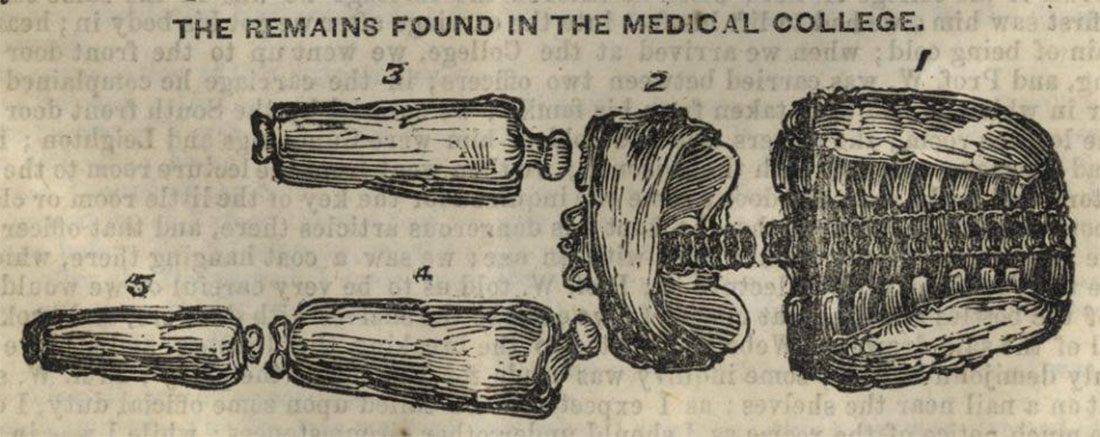![]()
FIREWALL BRIEFING
The PCs receive a briefing packet via their RED PRIORITY dead drops (the dead drops they are to check at least once daily and which are to be used only for the most time-critical of assignments).
BRIEFING:
- Three days ago, a second-pass data analysis algorithm detected abnormalities while cross-referencing near-Mars sensor data.
- Interpolating the data sources revealed an unregistered asteroid that was evidencing deliberate and possibly active cloaking of its albedo.
- Three weeks ago, this asteroid impacted the surface of Mars in the Terra Sirenum, several thousand klicks south of Pathfinder City in a sparsely populated portion of the planet.
- This was sufficient to elicit interest.
- When the orbital path of the asteroid was traced, it was found to have originated 10 years ago from V-2011/Caldwell: The location of The Vulcanoid Gate.
- In other words, the asteroid had either been ejected from the Vulcanoid Gate (or possibly launched by a TITAN as it passed through the gate) during the final days of the Fall.
- We also know that a Direct Action militia team has been dispatched to secure the site.
MISSION OBJECTIVES:
- Establish an onsite presence ASAP.
- Determine the purpose of the Direct Action team and, if possible, the parties responsible for their presence onsite.
- Assess the asteroid impact site for a potential existential threat.
- If a threat is identified, take whatever action is necessary to neutralize it.
BACKGROUND – CRATER X-91
- Three weeks ago an asteroid impacted the surface of Mars and left a crater several hundred meters across. This is unusual because most asteroids of this size are identified and have their orbits altered before impact (although errors and oversights are not unheard of).
- Shortly before or after the impact, an organization or individual we’ll refer to as the Host became aware of the asteroid:
- It was evidencing deliberate and possibly active cloaking of its albedo.
- Tracing the orbital path of the asteroid revealed that it originated 10 years ago from V-2011/Caldwell: The location of the Vulcanoid Gate.
- In other words, the asteroid had either been ejected from the Vulcanoid Gate (or possibly launched by a TITAN as it passed through the gate) during the final days of the Fall.
- The Host mobilized a team to take control of the impact site.
- Within two hours, a Direct Action team had arrived at the site – termed Crater X-91 – and secured the area.
- Three days later, research personnel and equipment began arriving onsite. Quick-fab research facilities were erected and the area was further quarantined.
WHO IS OUR HOST?
Discovering the identity of the Host of the X-91 Project is beyond the scope of this scenario. Possibilities include:
- Virtually any hypercorp
- Project Ozma
- Pathfinder
- An undercover TITAN (or its agents) still active in the solar system
The Direct Action team was hired anonymously through the hypercorp’s secure communication protocols. Direct Action might know who’s paying the bills, but nobody on the ground does.
The research team is composed entirely of forks: They woke up in new morphs, received a recorded message from their alphas which told them they had been paid very large amounts of money, and were then shipped to the job site. (Some of them had done this sort of thing before.) Their alphas might know who’s paying the bills (although that’s almost certainly obfuscated), but, once again, nobody at Crater X-91 does.
BACKGROUND – SILVER BASILISK

What’s in the crater is Silver Basilisk: An exsurgent nanoplague. Instead of a nanoswarm, however, Silver Basilisk takes the form of a strange, silver-black oil.
INFECTION:
- Anyone touching Silver Basilisk is considered infected.
- Toxin filters and medichines allow a DUR x 3 test to resist infection.
EFFECT:
- FIRST GENERATION: Those directly exposed to the concentrated form of Silver Basilisk found in the crater suffer the effects of a mindstealer strain of the exsurgent virus (EP, pg. 367).
- Suffer 2d10 SV.
- Succumb in COG + INT + SAV action turns.
- Suffer -30 penalty to all tests during this time as they feel Silver Basilisk taking control.
- SECOND GENERATION: Second generation exposure to the virus will suffer the effects of a haunting strain of the exsurgent virus (EP, pg. 366), but on an accelerated timeline of weeks instead of months.
- Stage 1 (initial infection to 3 weeks): 1d10 SV, gain Psi (Level 1), Mental Disorder, and a psi-chi sleight. Gain new psi-chi sleight every 2-4 days.
- Stage 2 (3 weeks to 6 weeks): 1d10 ÷ 2 SV, gain Psi (Level 2). Gain new psi-gamma sleight every 2-4 days.
- Stage 3 (6 weeks+): 1d10 ÷ 2 SV, +5 COG, +5 WIL, gain Psi (Level 3). Fully under the control of Silver Basilisk.
- ETCHING: In addition, the silver-black oil of Silver Basilisk will etch itself into the skin of victims (or press its way out, depending on how it manifests).
- It particularly focuses on the face and, later, the eyes.
- Stage 2: These tattoos will intensify during moments of “ascendancy” in which Silver Basilisk takes greater control of the victim.
- Stage 3: The tattoos become permanent.
BASILISK EFFECT:
- The silver-black tattoos of a Silver Basilisk host have the effect of a basilisk hack.
- Viewer: COG + INT + SAV test; on failure, suffer 1d10 SV and catatonic stupor for 1 minute + 1 minute per 10 MoF.
- Avoid: REF x 3 test to block out the sensory input.
- Silver Basilisk hosts will generally paralyze their victims and then vomit the silver-black oil into their mouths while they’re catatonic. The victim’s experience is that they look at the host’s face… and then wake up (possibly having experienced strange visions and with a bad taste in their mouth).
WHERE DID IT COME FROM?
A final gift from the TITANs to transhumanity? Or was it something trying to hitch a ride with the TITANs that got caught at the last minute and forcibly ejected?
CURRENT EVENTS – BASILISK DREAMS
Those sleeping near the asteroid may experience strange and disturbing dreams:
- 20% chance of experiencing the dreams + 10% per previous time experiencing the dreams
- The dreams act as weak basilisk hacks: COG + INT + SAV + 20 test. If this fails, a single suggestion is planted in the character’s mind. (Eclipse Phase, pg. 366)
Features of the dream vary. A few possibilities:
- Corkscrewed corridors of gleaming fuligin (a material darker than black and almost nonexistent to transhuman eyes).
- Experiencing emotions that cannot be felt by transhuman minds (and certainly cannot be expressed in words); the absence of those emotions upon waking is an immense and empty sorrow shaped like a lily.
- The dream seems to end, but the character is paralyzed in their bed and a silver caul creeps up the sides of their face and covers their eyes and smothers them and plunges into their ears and eyes and nose and mouth. Then they wake up. (This dream may repeat several times.)
- Staring into a mirror at one’s own face and slowly becoming aware that some other ego is looking out from their eyes. And then the reflection turns and walks away and the mirror is a window which looks into the world which they have been locked away from. (Turning to see that the world they inhabit is filled with half-formed items that consist only of those sides and features which might be reflected in the mirror.)













